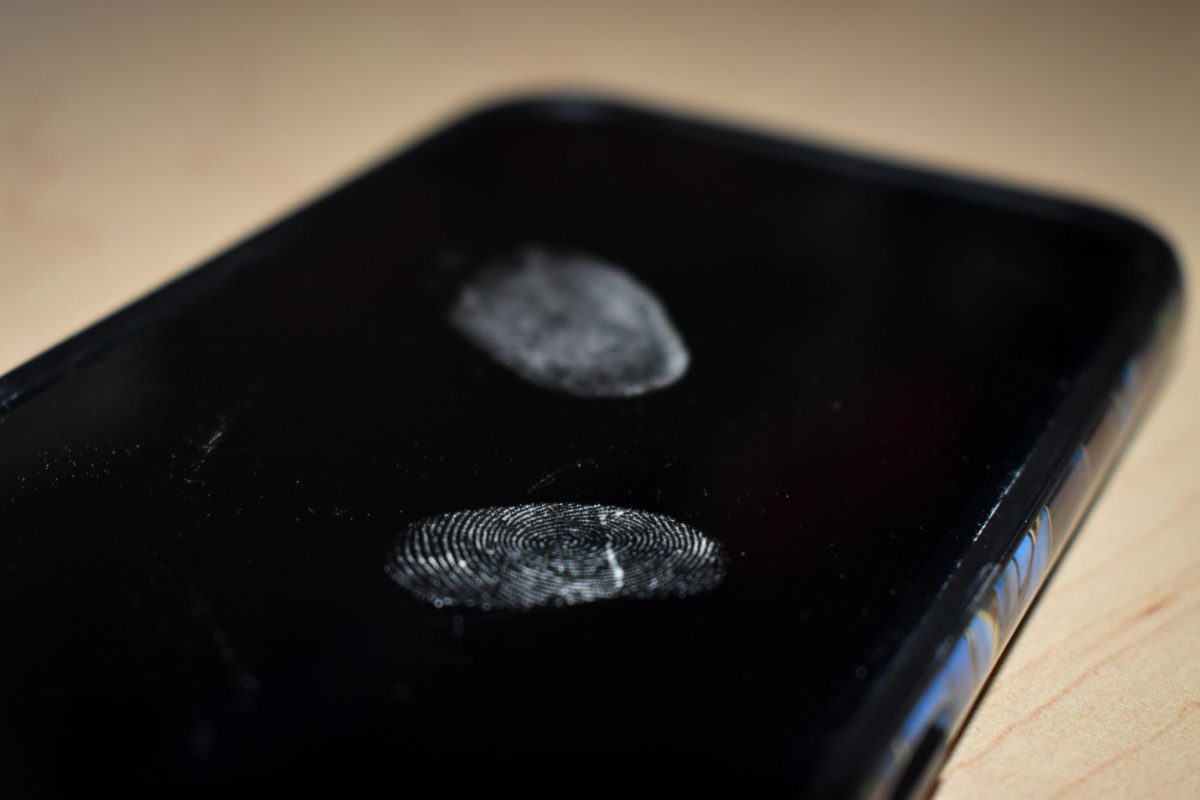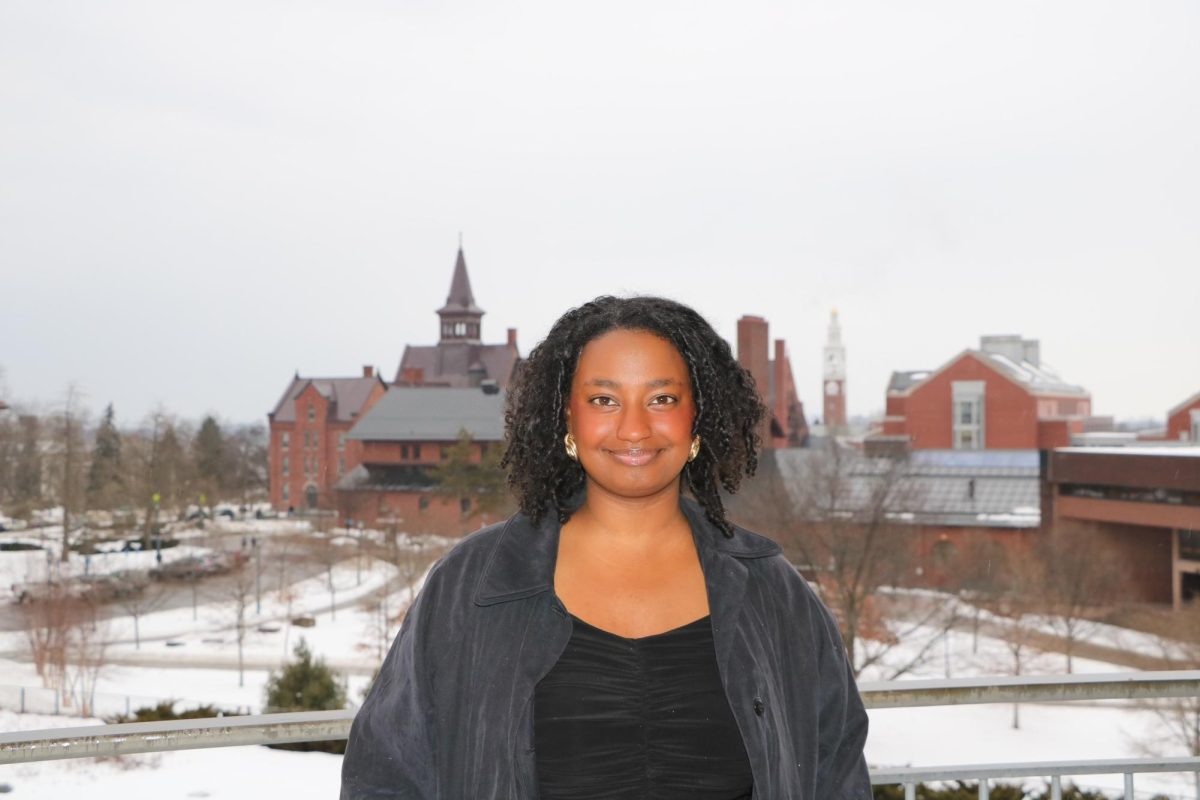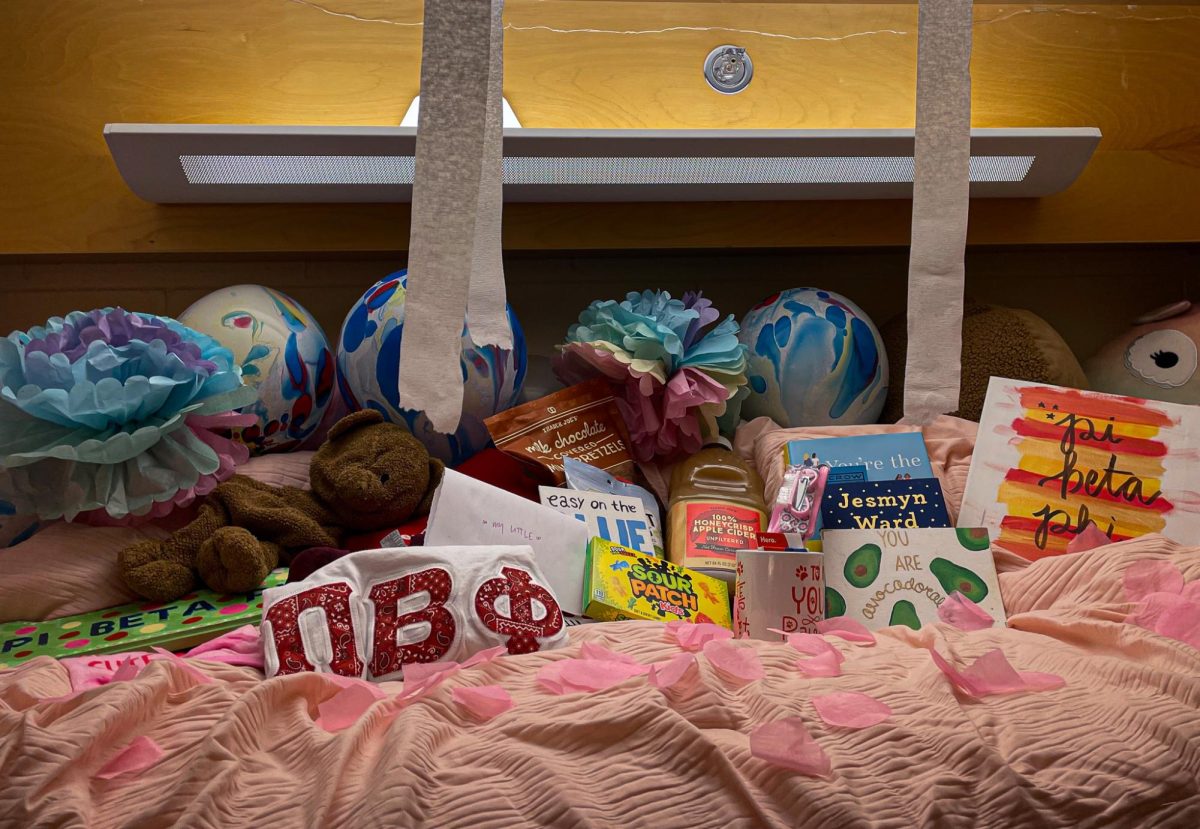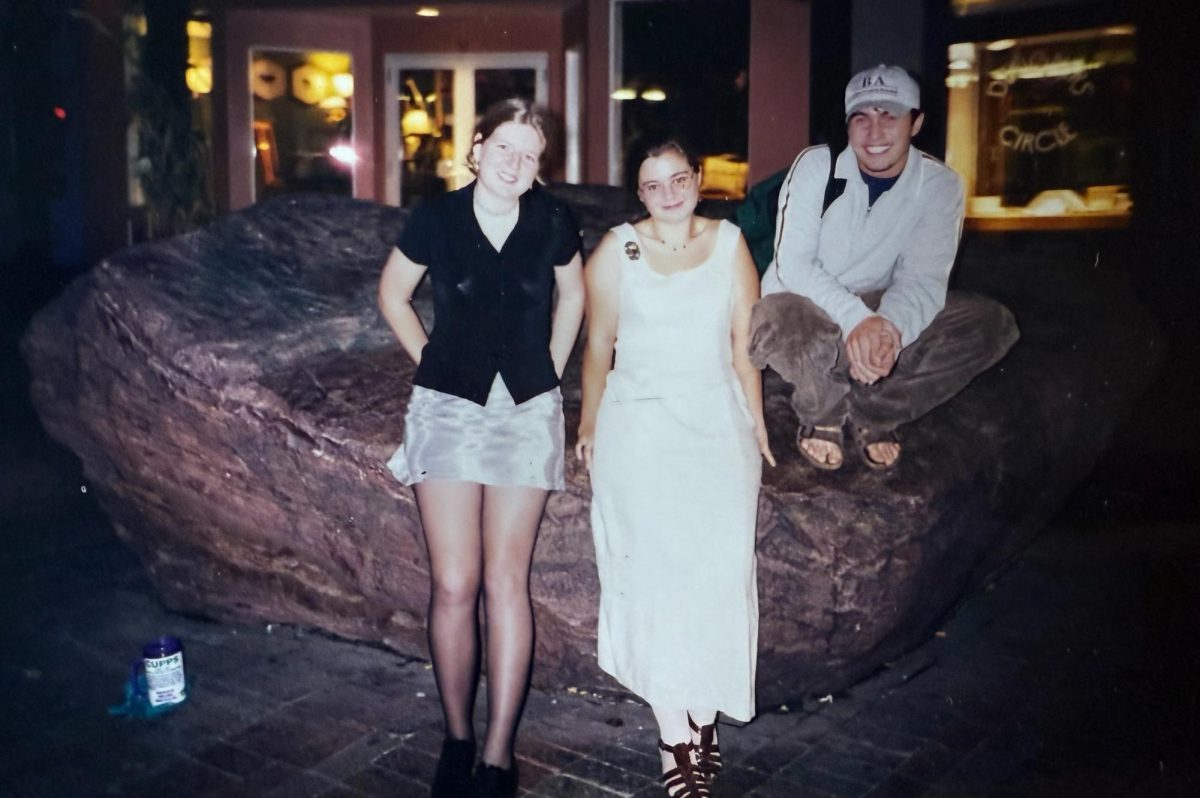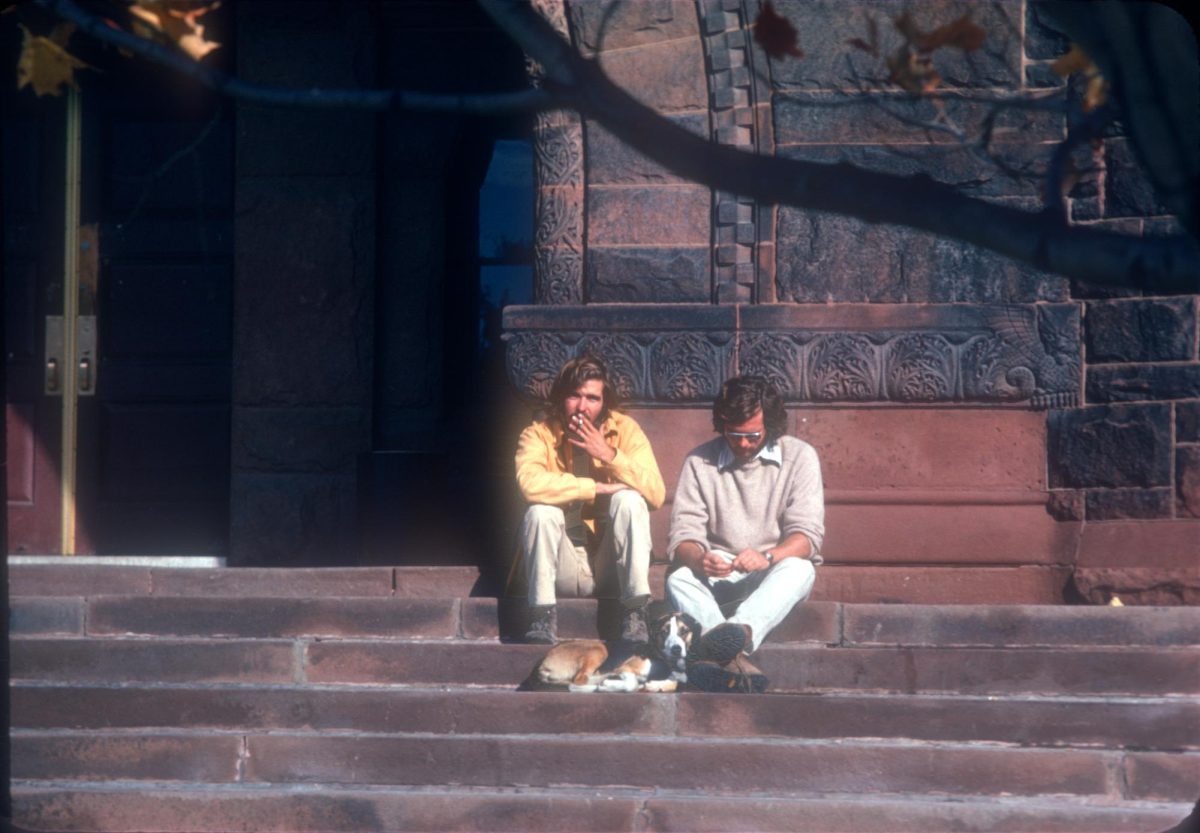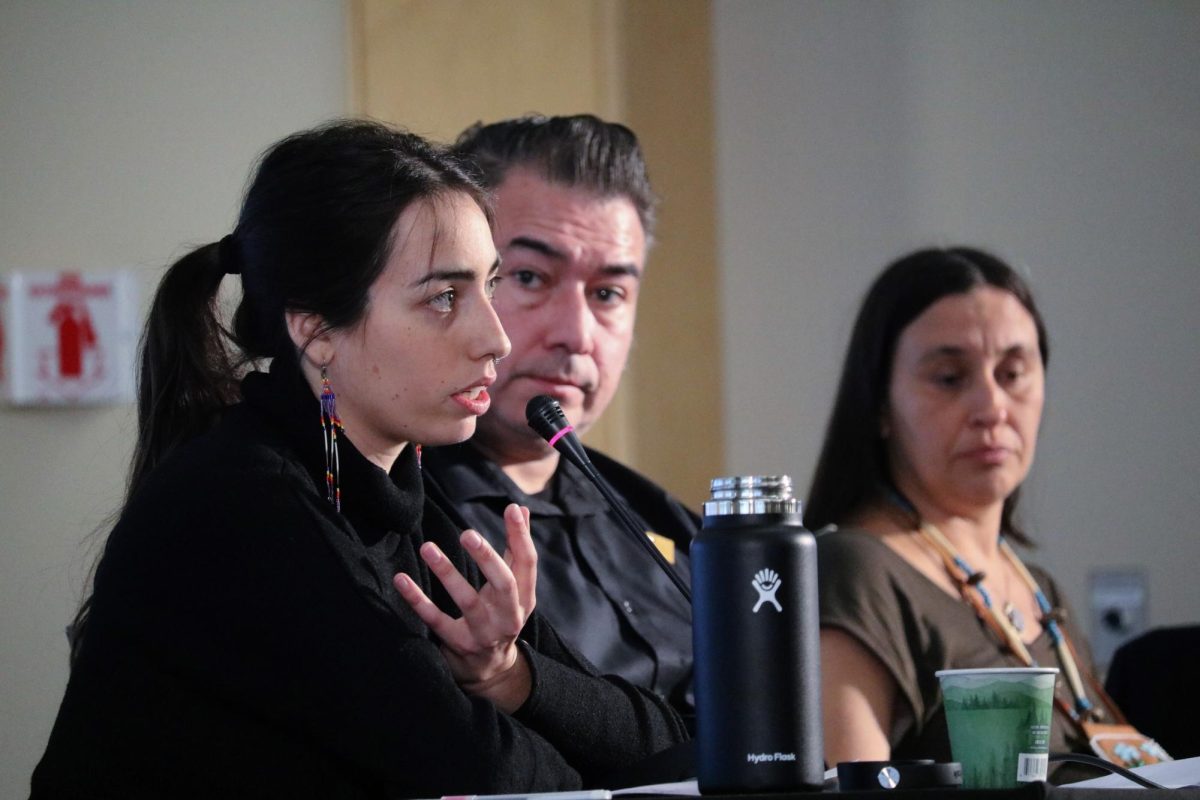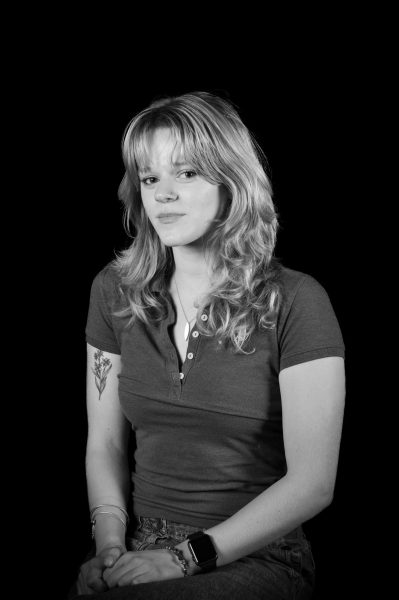The Catamount statue, the Yerba fridge handle in Cat Pause and the Grundle ice cream scoopers all share one similarity: they are covered in UVM student’s fingerprints.
Fingerprint identification is just one example of the many forensic biology technologies UVM Police uses to solve campus investigations, said Detective Barry North.
“We’ve investigated [on-campus] burglaries,” North said. “It’s usually a combination of physical evidence like DNA or fingerprints, eyewitness testimony and electronic evidence.”
Between 2021 and 2023, UVM’s campus saw 39 burglaries, according to the 2023 UVM Annual Safety Report.
UVM Police are the first to respond to these burglaries with three levels of evidence processing: patrol officers, detectives and non-police crime technicians, North said.
“At any crime scene, the first priority is to secure the crime scene and make sure any evidence there is not destroyed,” North said. “[Evidence] can be destroyed by moving it, picking it up, touching it—anything like that.”
The responding patrol officers are tasked with securing the scene and starting the initial collection of evidence. Police academies teach a base understanding of crime scene training which includes looking for shell casings or processing DNA, North said.
Depending on the crime, a detective may be called to the scene during the second level of evidence processing to document who comes in and out guarantee everything is admissible, North said.
After that, non-police crime technicians may be called in to help if the scene may take hours to process or a higher skill set is wanted, such as a scene with many points of physical evidence. Burlington Police Department has two of these technicians available for such situations, North said.
At UVM, this level of skill isn’t normally needed as stolen property remains the most common crime at UVM, said North. It’s a case-by-case consideration if forensic biology, analyzing biological materials on the item, is used in these investigations.
“It depends on the value of the item. A $200 bike isn’t likely to be processed,” North said. “Car theft is far more common—then we’d take DNA evidence.”
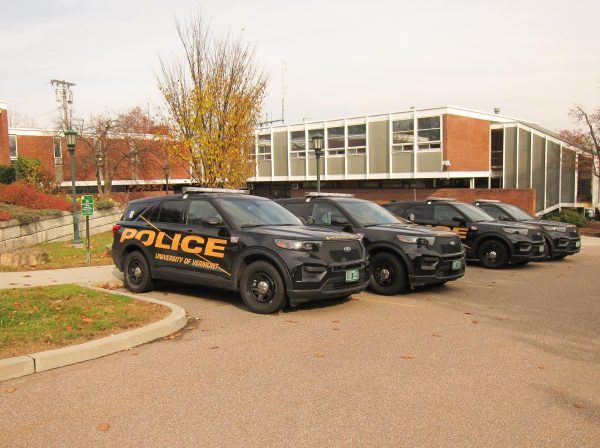
Twenty motor vehicle thefts occurred in Burlington from 2021-2023, according to the 2023 UVM Annual Safety Report.
2024 has seen an increase in car thefts in Chittenden County, according to a March 26 WCAX article.
In these cases, UVM Police has a car lot at their location to perform more extensive searches of recovered vehicles. In vehicle theft crimes, officers search for DNA evidence or other material to identify the perpetrator.
Anytime a car is moved, a police officer must watch the entire process to ensure the evidence is admissible in court, North said.
“A big part of forensic and crime scene investigation is attention to detail of those pieces, not just the technique of swabbing a piece of DNA,” North said.
Sarah George, Chittenden County state’s attorney, focuses on these details at court to make sure any evidence presented is authenticated. The chain of custody, or the paper trail of any evidence, is heavily tracked to make sure the evidence remains admissible in court, she said.
“If we want to use [a phone] at trial we have to bring in the law enforcement officer that first had the phone [from the scene]…Then [a separate person] would have to come in to testify and say ‘I did the phone dump and this is what I found.’”
A phone dump refers to the process where the data on a cellular device is extracted to find evidence, George said.
As for forensic biology in Chittenden County, the rise of mobile devices has caused a significant switch to the usage of digital forensics. Snapchat, phone downloads, text messages and Facebook are examples of forensics used to prove cases, according to George.
“It’s pretty rare that we’re dealing with DNA, it certainly happens in bigger cases,” said George. “Armed robbery, homicides or sexual assault, those type of cases will almost always have some sort of biological forensics.”
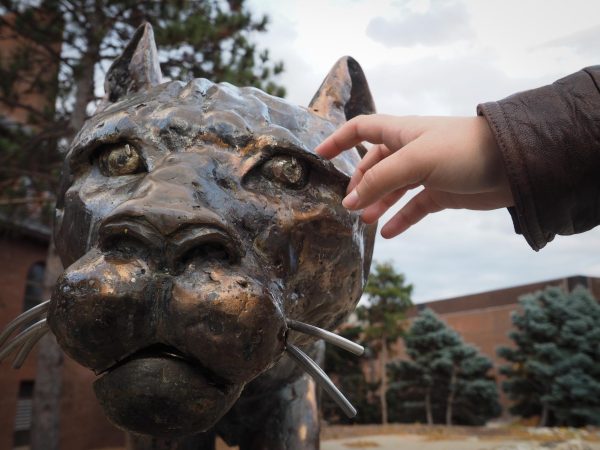
Here at UVM, students have the opportunity to take “Intro to Forensic Biology” to further explore topics related to DNA, fingerprint identification and more. The class fills both a Natural Science and Race and Racism in the US requirement and will be offered in the 2025 spring semester.
“Over the pandemic, I watched “Criminal Minds” and “Law and Order” and always found the evidence collecting really interesting,” said sophomore Leah Theroux, a student currently in the class. “When I found out this class was offered I wanted to take it.”
There’s been high interest in the class from students since it’s been offered here, said professor Linden Higgins.
“This class has been capped out for about four years, even when it was sitting at 120 [student enrollment],” Higgins said.
The course looks at crime scene investigation, methods of evidence collection as well as fingerprint and blood spatter analysis, Higgins said.
Throughout the semester, bias and errors in these fields are kept at the center of the class. Systemic issues such as racism in the justice system and false convictions are the subject of many conversations, Higgins said.
“The first thing that comes up with DNA typing is how often the post-conviction DNA work reveals there’s been a false conviction and these have a racial fingerprint,” Higgins said. “I did a deeper dive and it became clear this really needed to be a critical thinking class.”
The class has a weekly in-person case analysis and 50% of these address accused people from historically marginalized populations, according to Higgins.
“I want people to walk out saying, ‘If I keep track of reliability and validity and recognize these biases are happening in my own brain and the society around me then I can find a pathway to change,’” Higgins said.


